Protecting Mom & Baby
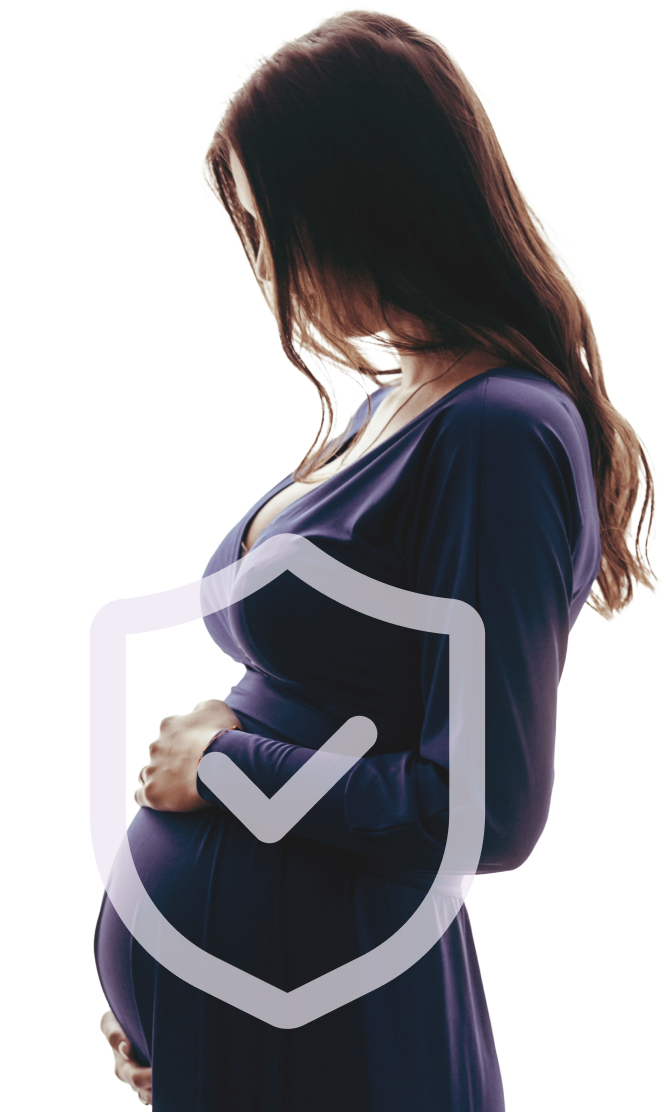

Bringing a new baby into the world should be one of the happiest moments in a woman’s life. However, for all the work that expectant mothers and fathers put into preparing for a new baby, there are always going to be factors beyond their control.
The truth is that giving birth to a baby can involve complex medical procedures and scary complications. That’s why you should always be proactive in:
- Talking to your doctors about any questions or concerns as you progress in your pregnancy
- Understanding what to expect during labor and delivery, what complications could arise, and how your care team should react
- Demanding answers if you or your baby experience problems during the birth or post-partum
No one wants to dwell on the negative when you are preparing yourself for a positive, lifechanging experience. Still, it is important to understand what can happen with your body and your baby’s body as you go through the delivery process. This way, you will be prepared to work with your birth team and make important decisions about your health and the health of your baby.
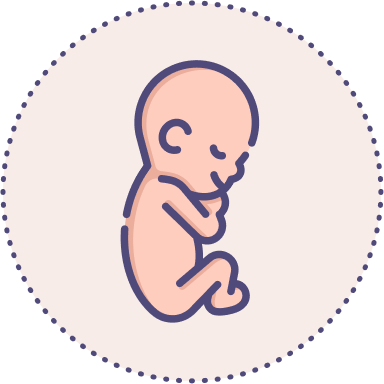
Even with all the advances in modern medicine and improvements made in birthing environments, mothers and babies do still experience injuries during birth. Birth injuries may be attributed to the size of the baby, the position of the child or the mother, underlying medical issues the mother is experiencing, labor complications, premature birth, or a range of other problems.
The good news is that many serious birth injuries can be avoided with proper care from your doctor. Talk to your doctor about what steps your medical team will take to prevent injuries and how they will handle any complications that may arise.
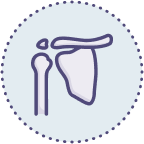










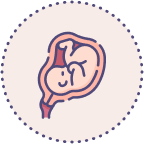
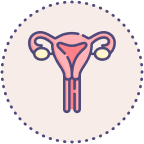
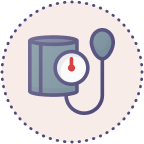

When you tour the hospital where you expect to deliver, you will likely have a range of questions about the accommodations and what to expect. You should not hesitate to ask anything that comes to mind and call with any follow-up questions you think of later.
Some Important Questions You Should Ask as You Evaluate a Facility Include
- Will I be in the same room for labor and delivery, or will I change rooms when it is time to deliver the baby?
- Who will be allowed in the room if a C-section is needed?
- Will there be medical interns or students allowed in the room during delivery?
- When will you give an epidural?
- What is the average labor time for the facility?
- What can I expect if a C-section is needed?
- What can I expect if my baby needs to go into the NICU?
- How many people do you allow in the room during labor?
- How many people are allowed in the delivery room?
- How will you be monitoring the baby during labor?
- How often will you be performing pelvic exams during labor?
- What is the facility’s C-section rate?
- What is your policy for an episiotomy?
- Do you take the baby out of the room for cleaning and an exam after birth?
- How long can I expect to be in the hospital after I give birth?
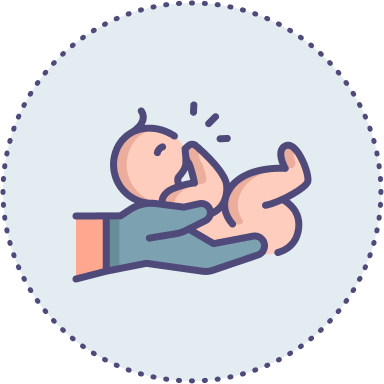
Health care professionals are trained to recognize risk factors and do everything possible to prevent injuries during deliveries. They should also know how to respond to problems during labor and take the proper steps to minimize damage.
Unfortunately, there are instances where doctors and other health care professionals make mistakes, do not follow the accepted standard of care, and cause serious injuries to new mothers and vulnerable infants. When this happens, families have a right to hold these professionals accountable.
At Salvi, Schostok & Pritchard, P.C., our medical malpractice attorneys have represented many families coping with devastating birth injuries resulting from medical errors during C-sections, mistakes made during vaginal births, and preventable anesthesia errors. We know the hurt, pain, and devastation these types of injuries cause. That’s why we fight tirelessly for justice on behalf of these mothers and babies.
Please contact us today if you need advice or just have questions about a birth injury case. We are here to help and can meet with you in a free, confidential consultation.










